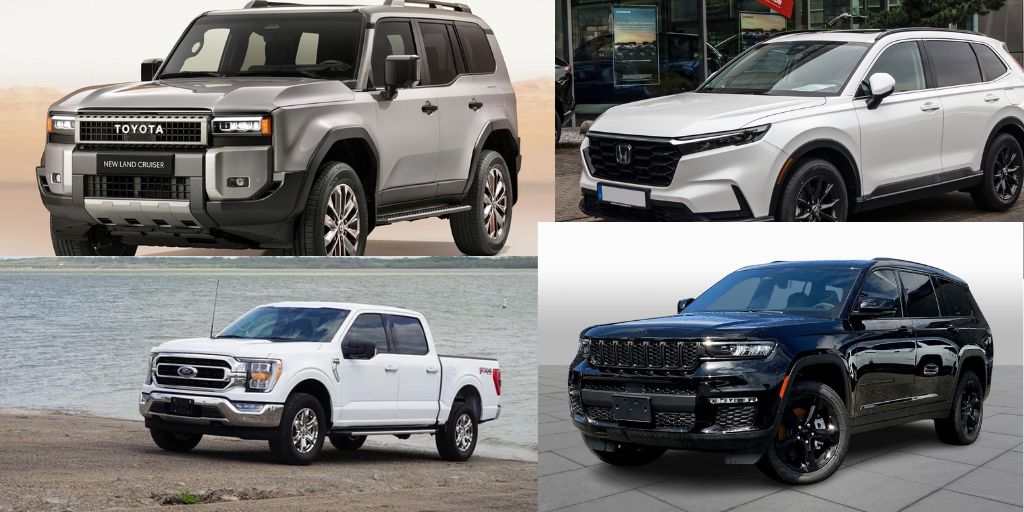Hot climates present unique challenges for vehicles, from extreme temperatures to intense sunlight, which can affect performance and longevity. Cars built to thrive in these environments often have specialized features that ensure they run smoothly under harsh conditions.
From effective air conditioning systems to heat-resistant materials, the right vehicle can make all the difference in maintaining comfort and reliability.
Some cars are engineered with cooling systems, durable components, and insulation designed to withstand the stresses that a hot climate can place on engines, interiors, and even electronics.
On the other hand, certain cars are not well-suited for such conditions. In these environments, vehicles may struggle with engine overheating, tire wear, and air conditioning failure.
Cars without proper heat protection or cooling mechanisms can quickly deteriorate, leading to higher maintenance costs and reduced reliability.
This article will explore both sides—highlighting cars that excel in hot climates and those that suffer due to heat-related challenges. Understanding the features that contribute to their success or failure in such environments can help buyers make informed decisions based on climate and usage needs.
Also Read: 5 Cars You Can Keep for 15+ Years and 5 That Break Within 5 Years
5 Cars That Excel in Hot Climate
When it comes to driving in hot climates, not all cars are created equal. The demands of extreme heat—whether it’s scorching sun, dry winds, or high humidity—can take a toll on vehicles.
Cars that excel in hot climates are built with special features designed to ensure reliable performance and comfort, despite the sweltering conditions.
These vehicles are equipped with enhanced cooling systems, better insulation, and durable materials that can handle the stress caused by long, hot summers and high temperatures year-round.
In hot climates, one of the most critical factors is air conditioning. Cars with powerful, efficient A/C systems provide much-needed relief from the heat. Moreover, vehicles with engines and cooling systems that can regulate temperature without overheating are essential.
Heat-resistant interiors, UV-protective glass, and climate-control technology play a huge role in preventing sun damage and maintaining a comfortable cabin temperature.
Other important features include improved engine cooling, specially designed tires that resist heat-related wear, and heat-resistant components to ensure that the vehicle performs optimally without degrading.
Some vehicles even come with advanced sensors that monitor engine temperature and alert the driver if the vehicle is in danger of overheating.
The vehicles that excel in hot climates also have well-ventilated cabins, which help maintain airflow and reduce humidity levels inside the car.
These vehicles are designed with the understanding that heat can cause both discomfort and long-term damage, making them ideal choices for those living in extremely hot regions.
In this section, we’ll explore five cars that stand out for their ability to handle the harsh conditions of hot climates and offer reliability, comfort, and durability in such environments.
1. Toyota Land Cruiser
The Toyota Land Cruiser has long been a symbol of reliability, especially in extreme conditions like scorching deserts or arid regions where temperatures are regularly above 100°F.
Built with durability in mind, the Land Cruiser is designed to perform in harsh environments, making it a favorite for adventurers and off-road enthusiasts.
One of the standout features of this vehicle is its cooling system, which is optimized to withstand the heat. The air conditioning is powerful enough to cool down the cabin quickly, even during long drives under the unforgiving sun.
Its engine is also engineered to handle high temperatures without overheating, ensuring that it can sustain long trips in regions where frequent stops are not always an option.
The Land Cruiser comes with an advanced cooling system for the engine, including an additional oil cooler that helps regulate temperature during long hours of driving.
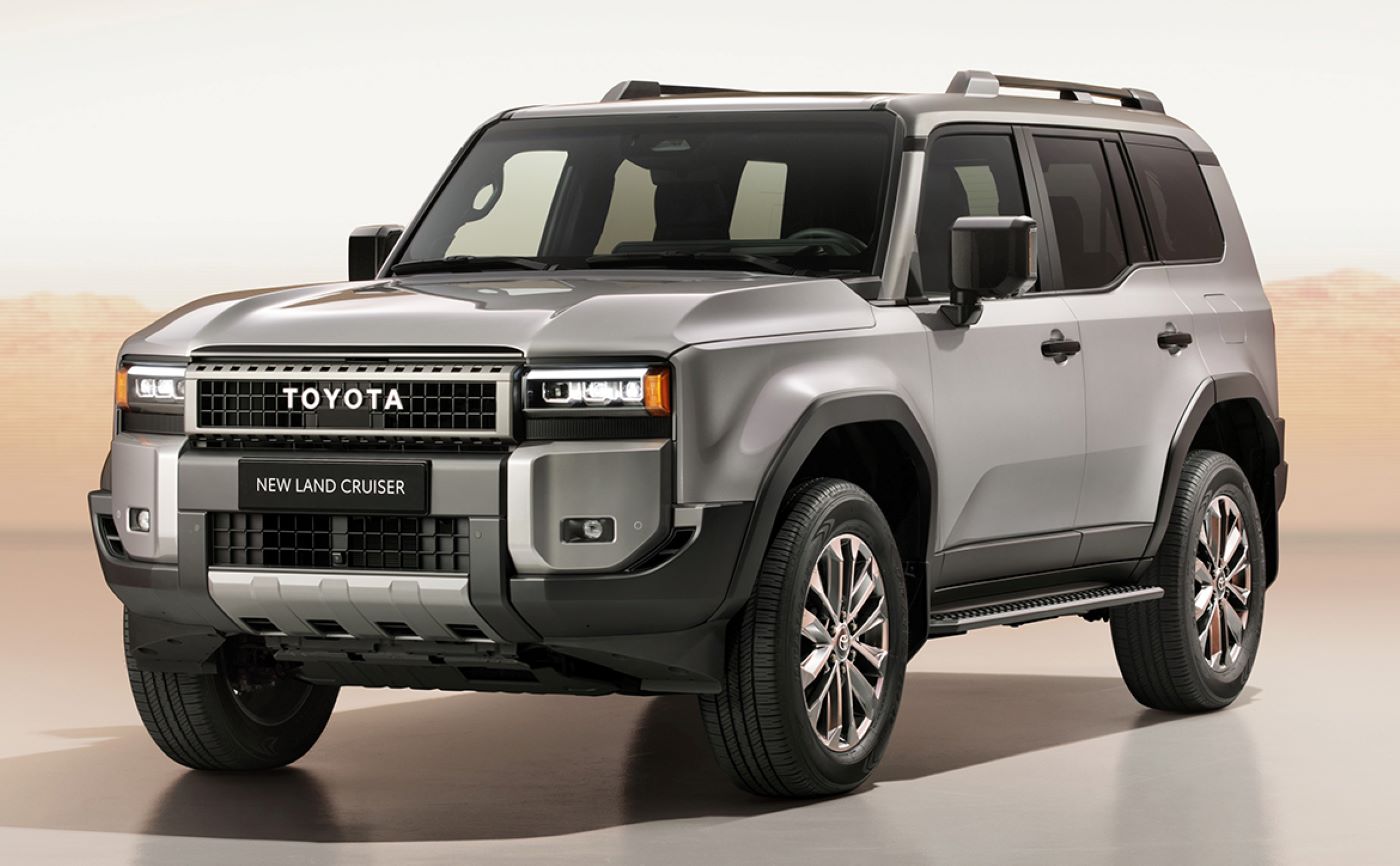
Heat-resistant materials inside the cabin, including UV-resistant windows, help maintain a comfortable environment and prevent sun damage to the interior. The Land Cruiser’s suspension system is also built to handle rough terrain, which is often found in hot, dry areas.
This SUV’s ability to thrive in extreme heat and harsh conditions, combined with its long lifespan and low maintenance costs, makes it one of the best vehicles for hot climates.
Whether for off-road expeditions or long-distance travel through sweltering temperatures, the Toyota Land Cruiser offers an unbeatable combination of comfort, durability, and performance.
2. Honda CR-V
The Honda CR-V is one of the most popular compact SUVs, and it excels in hot climates due to its combination of practicality, reliability, and performance.
In regions with high temperatures, the CR-V provides comfort by offering an advanced air conditioning system that quickly cools the cabin, even during the hottest days.
This efficient cooling system is crucial for maintaining a comfortable driving experience in areas where the heat can feel almost unbearable.
One of the key features of the CR-V that makes it so reliable in hot conditions is its engine cooling system. The engine is designed to withstand higher temperatures, which reduces the likelihood of overheating, a common issue in cars exposed to long hours of intense heat.
The CR-V also boasts UV-resistant glass, which helps protect the vehicle’s interior from sun damage, keeping the seats and dashboard cooler for longer periods. This feature helps protect against fading and cracking, which is a common problem in hot climates.
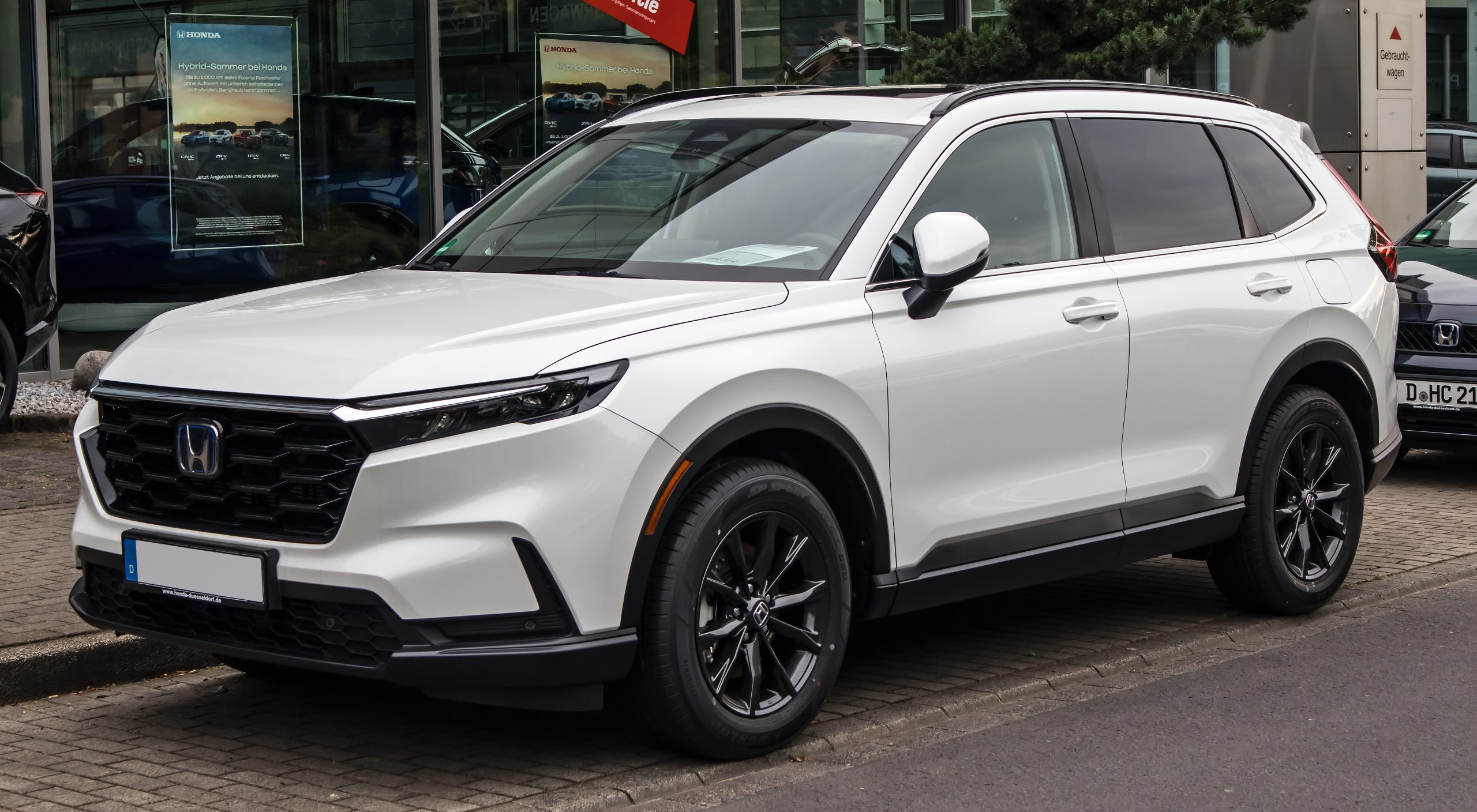
The CR-V’s fuel efficiency is another reason it excels in hot climates. In areas where long-distance travel is common, the CR-V’s ability to conserve fuel ensures that drivers don’t have to worry about frequent stops at gas stations in the middle of nowhere.
The Honda CR-V has earned a reputation for being a practical and dependable choice in hot regions, offering both comfort and peace of mind for drivers.
Its well-insulated cabin and efficient engine cooling systems work together to ensure that the vehicle can handle both extreme heat and long-distance journeys with ease. For people living in sweltering climates, the Honda CR-V is an excellent option to consider.
3. Ford F-150
The Ford F-150, a best-seller in the pickup truck market, is designed to thrive in a variety of challenging conditions, including extreme heat. Whether used for work or recreation, the F-150 excels in hot climates due to its powerful engine, effective cooling system, and rugged construction.
The vehicle’s cooling system is designed to handle high temperatures and prevent overheating, which is a critical feature when driving in areas where the temperatures regularly exceed 100°F.
Equipped with a high-performance air conditioning system, the F-150 ensures that the cabin stays cool, even on the hottest days. Its air conditioning can quickly bring the cabin temperature down after it has been exposed to the sun for extended periods.
The vehicle’s interior features heat-resistant materials that not only protect the seats and dashboard but also make the cabin more comfortable by preventing excessive heat buildup.
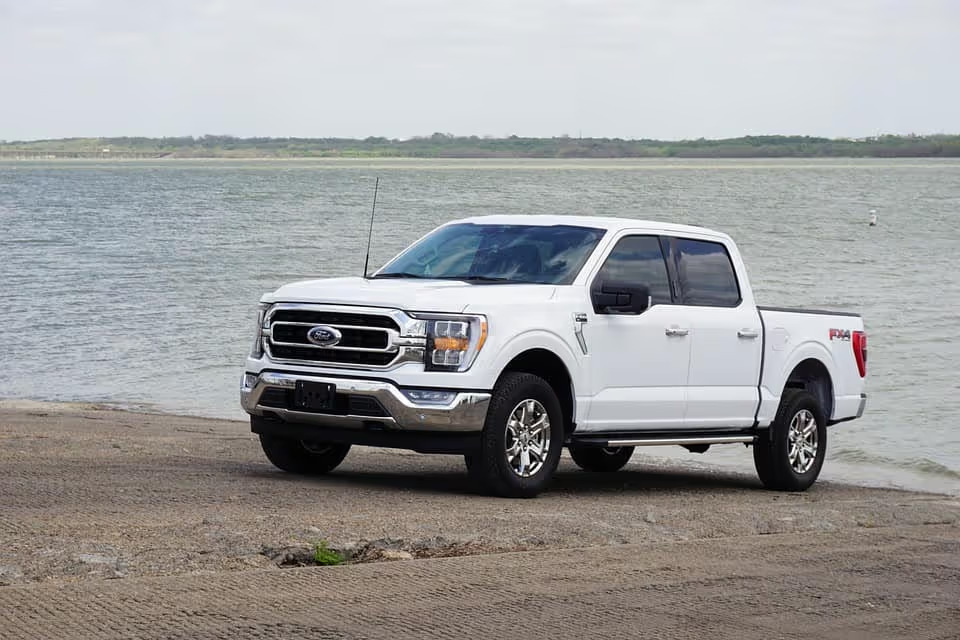
Moreover, the Ford F-150’s engine is built for high-performance cooling, which is necessary for drivers in hot climates who frequently tow heavy loads or travel long distances.
The truck also features a well-ventilated engine compartment that allows for better airflow, preventing the engine from overheating during long drives under the scorching sun.
The materials used in the truck’s construction are designed to withstand the heat and prevent wear and tear caused by prolonged exposure to high temperatures.
In addition to its cooling capabilities, the F-150’s durability and reliability make it an excellent choice for those who need a truck that can handle the stress of extreme temperatures without compromising on performance or comfort.
4. Jeep Grand Cherokee
The Jeep Grand Cherokee is a standout SUV that excels in hot climates, thanks to its combination of ruggedness, luxury, and heat-resistant features.
Designed for off-road adventures and long-distance trips, the Grand Cherokee is equipped with an air conditioning system that cools the cabin quickly and efficiently, even in sweltering temperatures.
Its multi-zone climate control system allows both the driver and passengers to set their ideal temperature, ensuring comfort for everyone inside, no matter how high the mercury climbs outside.
The Grand Cherokee is also built to withstand the harsh realities of hot climates. The vehicle’s engine cooling system is designed to prevent overheating, a critical feature for those who drive in hot regions or in areas where long trips are common.
Jeep has equipped this SUV with an advanced cooling system that regulates the engine temperature, ensuring that the vehicle performs well in extreme conditions.

In addition to cooling, the Jeep Grand Cherokee is constructed with durable materials designed to resist sun damage. The UV-resistant glass helps keep the interior cooler and prevents the sun from fading or cracking the upholstery.
The Jeep’s robust suspension and off-road capabilities are a bonus for those who need a vehicle that can handle both urban and rugged terrain in hot climates. Whether navigating city streets or off-road trails, the Grand Cherokee delivers a smooth and reliable performance.
The combination of comfort, cooling capabilities, and durability makes the Jeep Grand Cherokee an excellent choice for anyone living or traveling in hot climates.
5. Lexus RX
The Lexus RX is a luxury SUV that combines performance, comfort, and durability, making it ideal for hot climates. The RX is equipped with a high-end air conditioning system that provides immediate relief from extreme temperatures.
The dual-zone climate control system ensures that both the driver and passengers remain comfortable, even in sweltering heat. This is particularly important in regions where temperatures can fluctuate drastically between day and night.
The Lexus RX’s interior is designed with heat-resistant materials, ensuring that the sun doesn’t cause fading or cracking to the seats and dashboard. The vehicle’s large windows are treated with UV-resistant coatings that protect the interior from sun damage while helping to keep the cabin cooler.
The cooling system is engineered to work quickly and efficiently, so drivers and passengers can enjoy a comfortable ride even on the hottest days.
In terms of engine performance, the RX is equipped with an advanced cooling system that prevents overheating, ensuring reliable operation in hot climates.
Lexus engineers have paid special attention to this aspect, designing the vehicle’s cooling system to handle long-distance trips in areas where high temperatures are common.
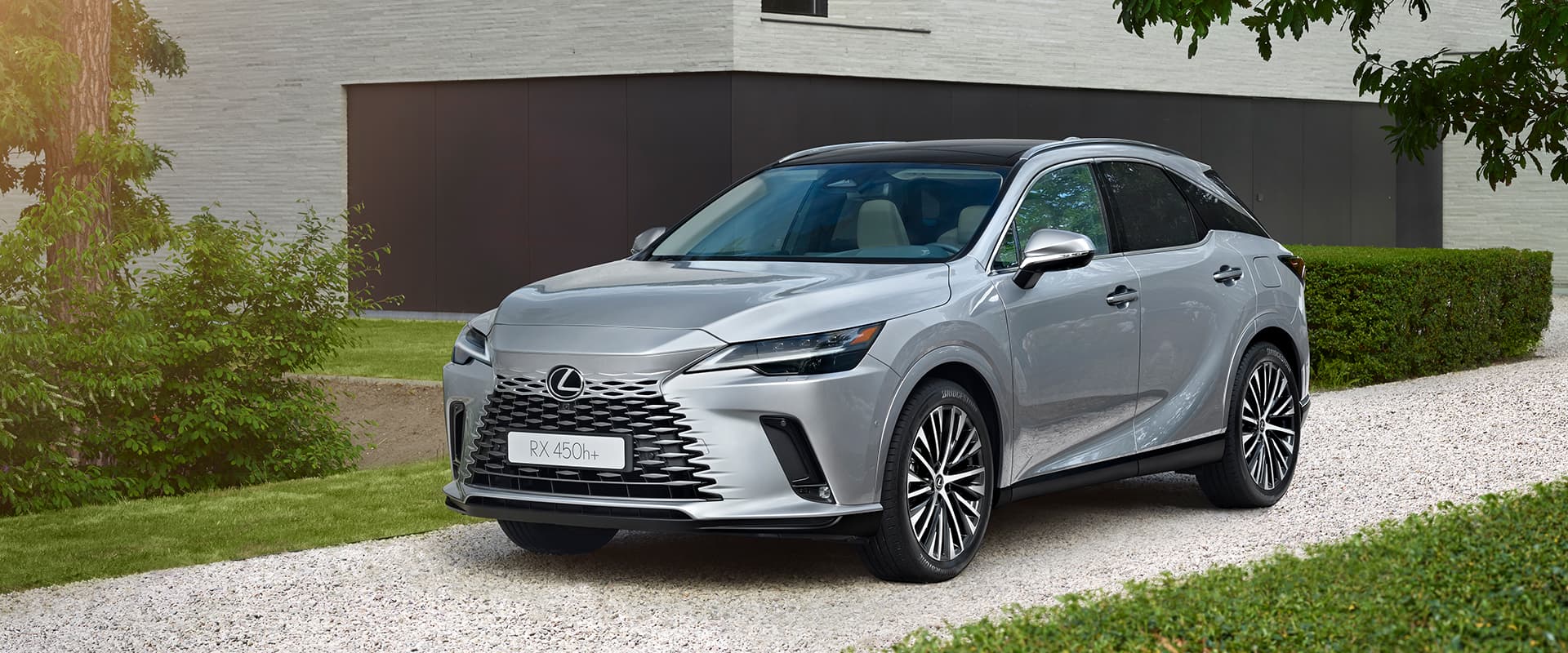
The Lexus RX’s suspension is also designed to endure rough roads and high temperatures, making it a great choice for both city driving and more rugged terrains.
With its luxury features, exceptional air conditioning, and reliable engine cooling, the Lexus RX is a top pick for anyone who needs a comfortable and durable vehicle in hot climates.
5 Cars That Suffer in Hot Climates
While some cars are built to handle the intense heat of hot climates, others struggle to perform well under the harsh conditions. Vehicles that suffer in high temperatures can face a variety of issues, from engine overheating to poor air conditioning performance.
Hot climates put additional stress on a car’s cooling system, engine, and interior, leading to premature wear and discomfort for drivers.
These cars tend to have inefficient cooling systems, interiors that heat up quickly, and engines that are prone to overheating, all of which can make life in hot regions a bit more challenging.
In such environments, cars that don’t have heat-resistant components or air conditioning systems that can quickly bring down the cabin temperature can quickly become unbearable to drive.
Excessive sun exposure can also lead to fading interiors, cracked dashboards, and worn-out upholstery, further diminishing the car’s longevity and comfort.
Additionally, high temperatures can affect engine components and fluids, leading to higher maintenance costs and even the risk of breakdowns during long drives in the heat.
Cars that suffer in hot climates often have a history of poor performance in terms of heat resistance, with frequent reports of mechanical failures, poor fuel economy, and uncomfortable rides.
For drivers in regions with scorching temperatures, understanding which cars perform poorly in such conditions is just as important as knowing which cars excel.
In this section, we will explore five vehicles that struggle to handle the extreme heat. While these cars may perform well in milder conditions, they tend to underperform or experience reliability issues when exposed to long-term heat stress. Let’s take a closer look at why these vehicles are less than ideal for hot climates.
Now, let’s begin the detailed breakdown of each vehicle that struggles in hot climates.
1. Chrysler 200
The Chrysler 200, while a stylish and affordable sedan, faces significant challenges in hot climates due to its cooling and interior systems. One of the primary issues with the Chrysler 200 in extreme heat is its engine’s tendency to overheat.
The vehicle’s cooling system often struggles to keep the engine at a stable temperature, particularly when driving long distances in high temperatures. Drivers frequently report that the car’s engine temperature can spike, causing warning lights to appear or, in the worst-case scenario, engine failure.
Additionally, the air conditioning system in the Chrysler 200 is often underpowered, making it difficult to maintain a comfortable temperature inside the cabin during hot weather.
Even though the car’s interior is generally comfortable, the A/C struggles to cool down the cabin, especially after the car has been parked in the sun for a while. The lack of sufficient ventilation can lead to an unpleasant driving experience.
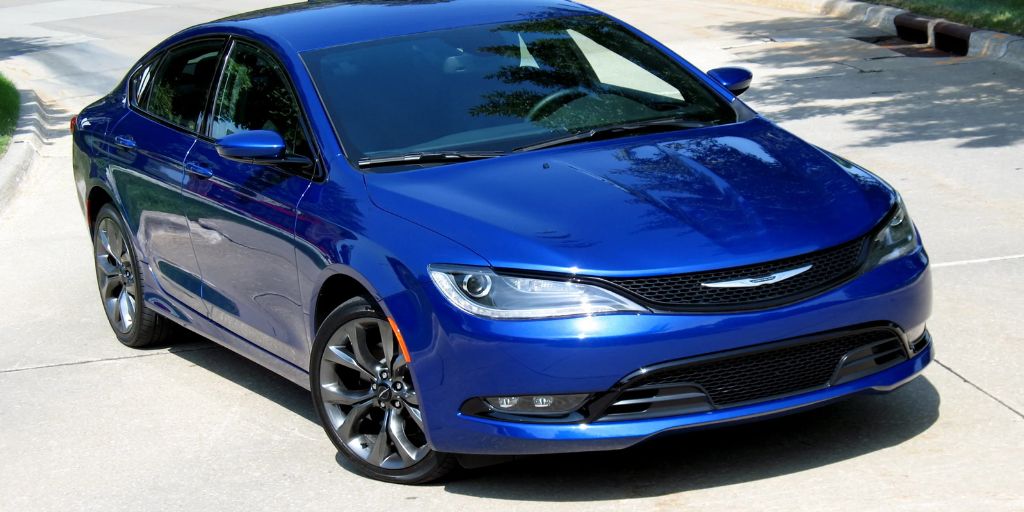
Another concern is the car’s interior materials. Prolonged exposure to the sun can cause the upholstery to fade quickly, and the dashboard may crack due to the intense heat. The Chrysler 200’s design doesn’t include many heat-resistant components, which leads to quicker wear and tear in hot climates.
While the Chrysler 200 might work fine in cooler climates, it becomes a challenging vehicle to own and drive in regions with high temperatures, making it less suitable for such environments.
2. Chevrolet Malibu
The Chevrolet Malibu, a mid-sized sedan, offers great value but does not perform well under extreme heat. Its cooling system often struggles in high temperatures, especially when idling or during stop-and-go traffic.
Many drivers in hot climates report that the Malibu’s engine tends to overheat after extended periods of driving in the heat, leading to potential engine damage if not properly maintained.
Another issue with the Malibu is its air conditioning. The system, although capable of providing cool air, often takes too long to effectively cool the cabin, particularly when the car has been sitting under the sun for hours.
This leads to an uncomfortable ride, especially in regions where temperatures can soar well above 100°F. In addition to this, the A/C system may fail or become less efficient as the car ages, making it even harder to keep the cabin cool.
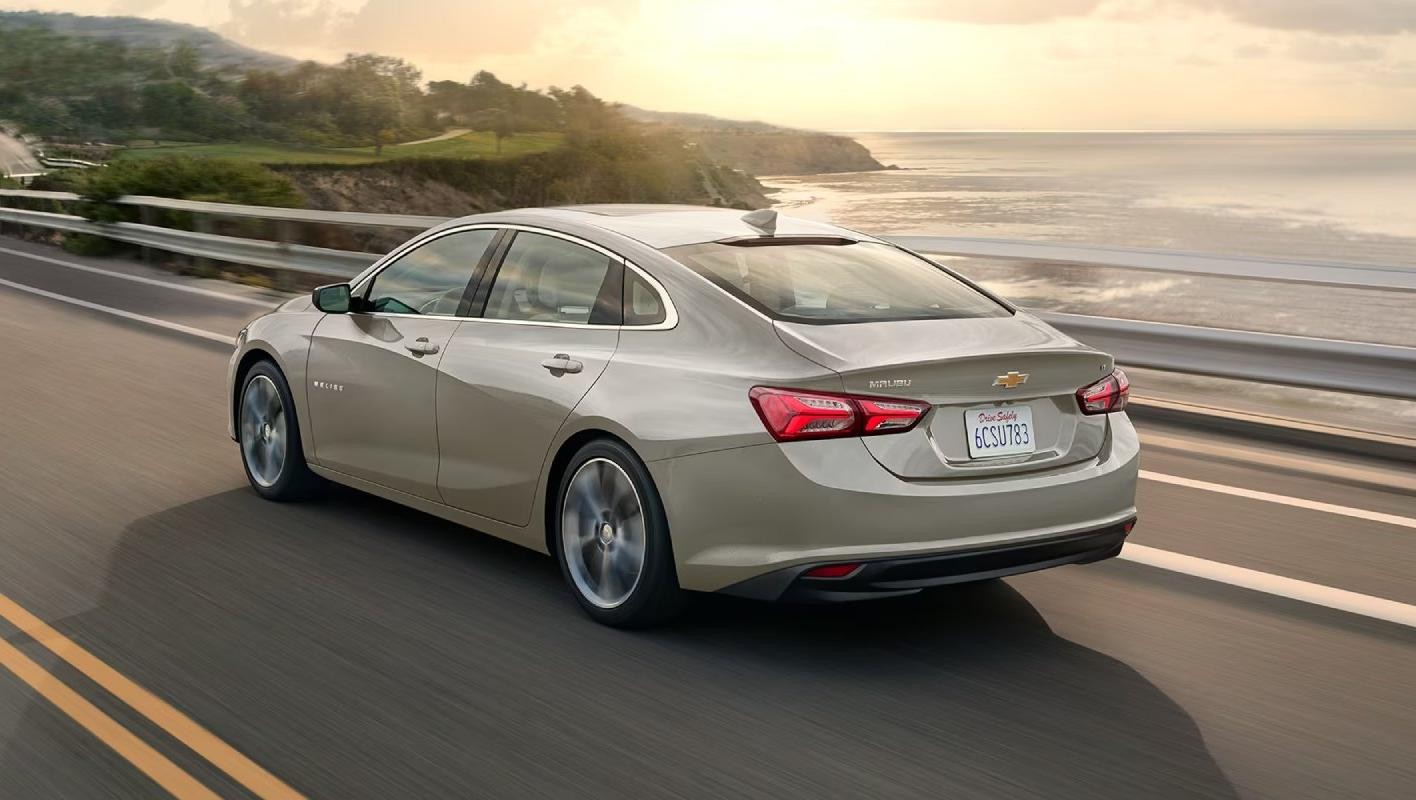
The interior of the Malibu can also suffer under the harsh sun. Without UV-resistant materials, the dashboard and upholstery are at risk of cracking and fading, reducing the car’s resale value and overall aesthetic appeal. The lack of durable, heat-resistant materials is a major flaw for drivers in hot climates.
In addition, the Malibu’s fuel efficiency suffers in high heat, as the engine tends to consume more fuel when constantly struggling to maintain an optimal temperature.
In short, while the Chevrolet Malibu is a solid vehicle for cooler climates, its performance in hot regions leaves much to be desired.
3. Nissan Altima
The Nissan Altima is another vehicle that may not perform well in hot climates. Known for its smooth ride and good gas mileage, the Altima tends to struggle with heat, particularly with its air conditioning system. While the A/C works, it is often inefficient in extreme heat, requiring long periods to cool the cabin.
This can be a serious issue when driving in temperatures above 100°F, as the car’s cabin can become unbearable before the air conditioning takes effect.
Moreover, the Nissan Altima’s engine is not as well-equipped to handle extreme heat as some of its competitors.
The engine tends to overheat more easily, especially in areas with high ambient temperatures. This puts extra stress on the engine, leading to possible breakdowns or higher repair costs.
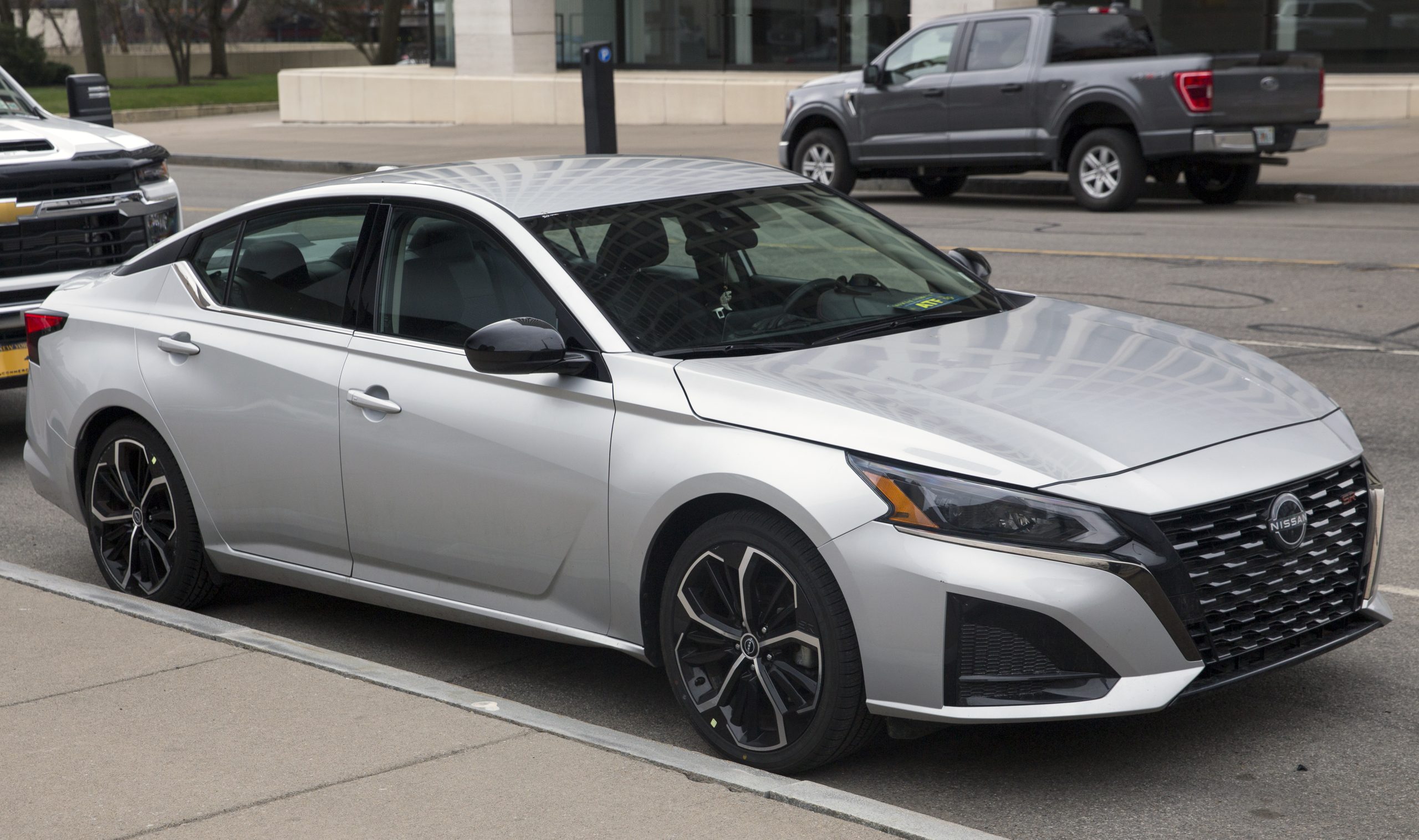
The interior also doesn’t offer much protection from the heat. Without UV-resistant glass or heat-resistant materials, the seats and dashboard can quickly fade or crack under prolonged sun exposure.
The lack of climate-specific engineering in the Altima results in a car that doesn’t excel when exposed to high temperatures, making it less reliable for hot climates.
Although the Nissan Altima is a well-rounded sedan, its inability to cope with high temperatures and the associated risks to engine performance and comfort make it less suitable for those living in regions with hot climates.
4. Ford Fiesta
The Ford Fiesta is a compact car that might seem like a good choice due to its fuel efficiency and small size, but it’s not the best option for hot climates. One of the main drawbacks is its poor air conditioning performance.
The Fiesta’s A/C system often fails to cool the cabin quickly, especially when the car has been parked in the sun. As a result, the interior remains uncomfortably hot for longer than most drivers would prefer, making it challenging to endure the heat.
The Fiesta’s small engine also struggles in extreme heat. During long drives or when idling for extended periods, the engine can overheat, which can lead to expensive repairs or even engine failure in the long run.
Ford has designed this car primarily for cooler climates, and as a result, it lacks the robust cooling systems needed for hot weather.
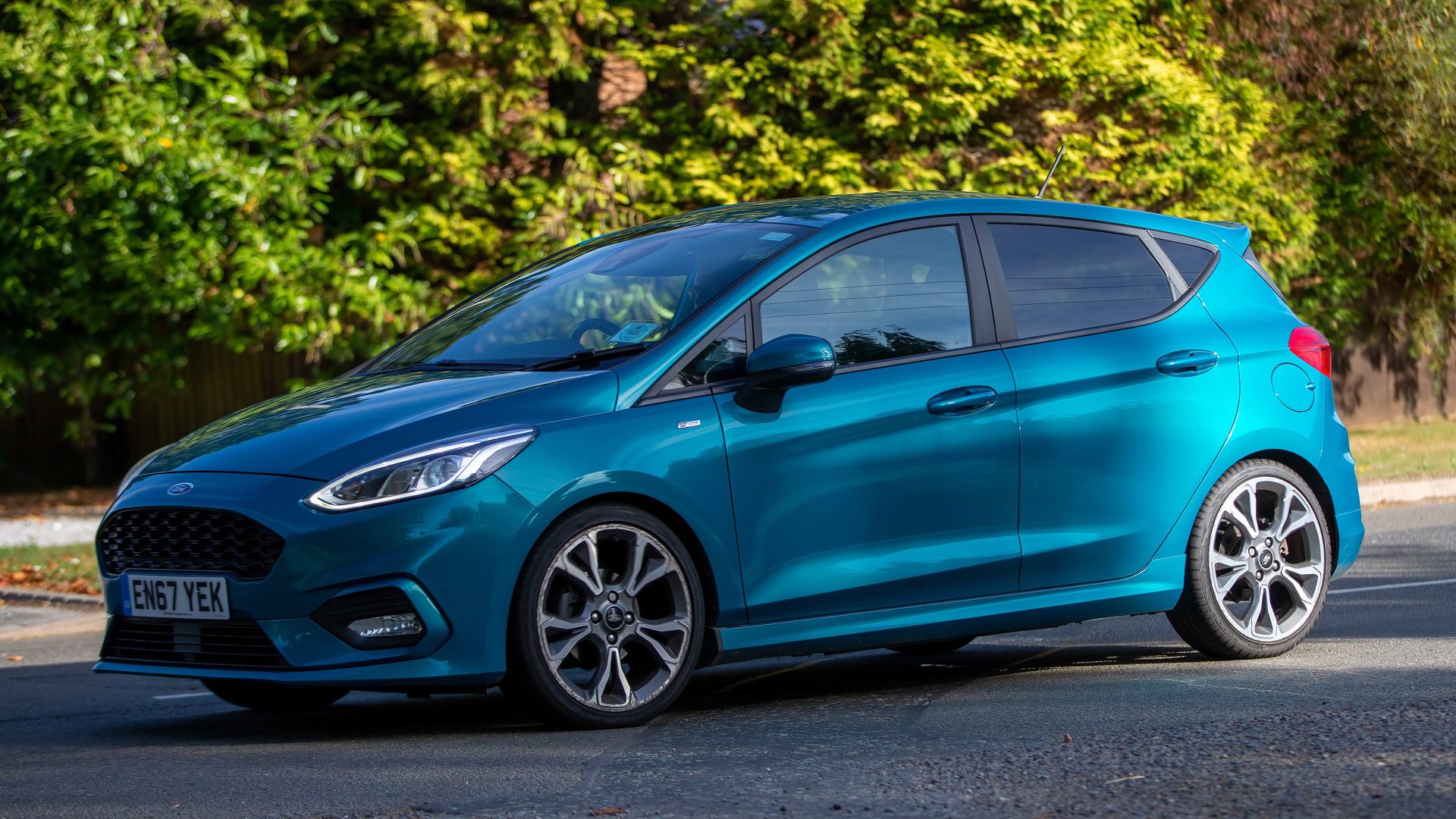
Additionally, the interior materials in the Ford Fiesta are not particularly heat-resistant. The dashboard and seats can quickly show signs of wear, such as fading, cracking, or discoloration, when exposed to direct sunlight over time.
This diminishes the overall longevity and aesthetic appeal of the vehicle, especially in a region with high temperatures year-round.
While the Ford Fiesta is an affordable and practical car in cooler climates, its lack of cooling capacity and interior durability make it less than ideal for drivers in hot regions.
5. Hyundai Sonata
The Hyundai Sonata, although a reliable and comfortable sedan, struggles in hot climates for several reasons. The vehicle’s air conditioning system is often not strong enough to cope with the intense heat.
Drivers frequently report that it takes a long time for the cabin to cool down, especially when the car has been exposed to direct sunlight. In hotter climates, this can lead to an uncomfortable driving experience, particularly in stop-and-go traffic.
Additionally, the Sonata’s engine cooling system is not as efficient in extreme heat. The engine may overheat more easily, especially during long drives in areas with consistent high temperatures. This puts the car at risk of engine damage or failure if proper maintenance is not kept up.
The interior of the Sonata is another area of concern in hot climates. The car’s upholstery, made from standard materials, can easily fade or crack under the intense sun.
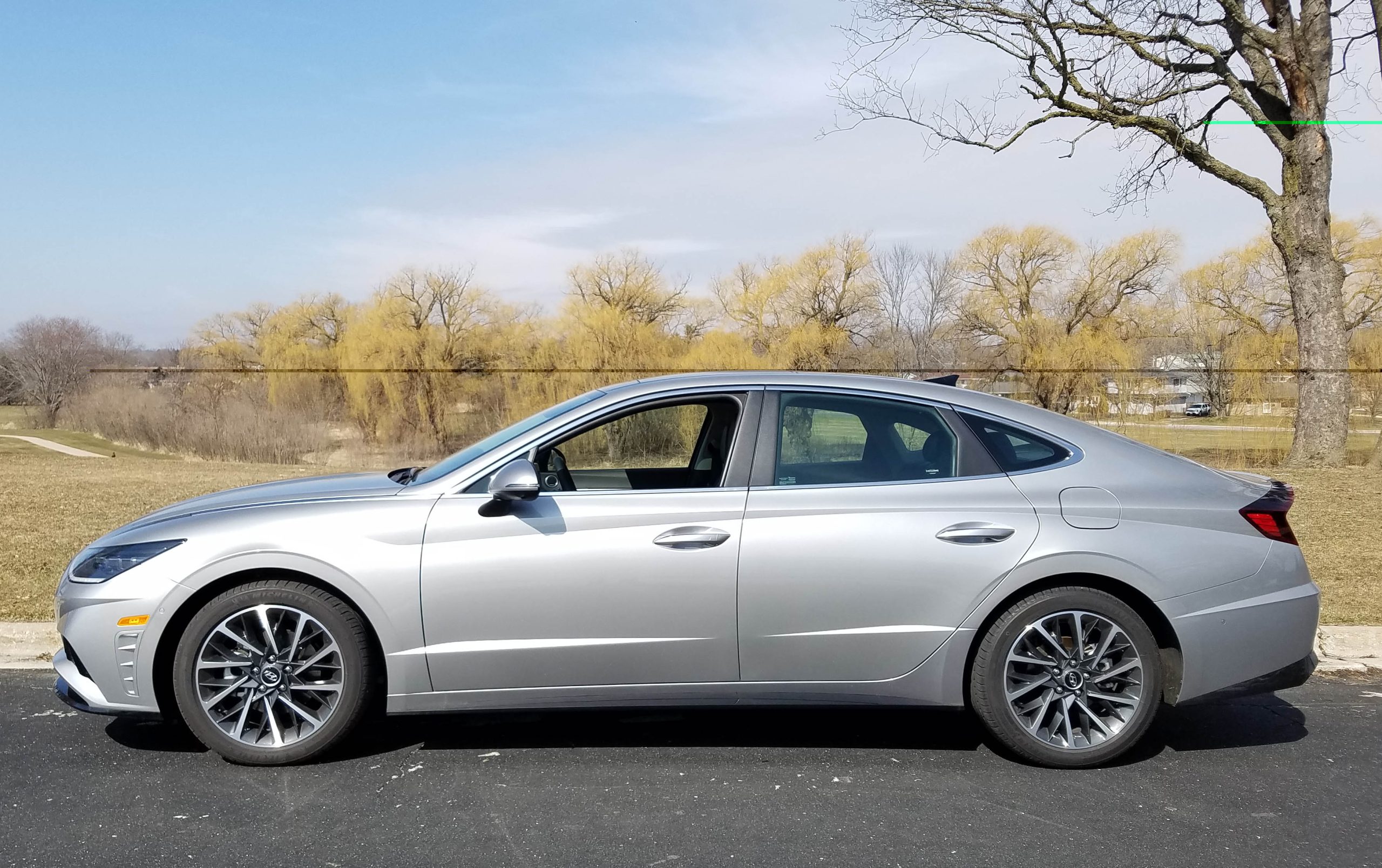
Without UV-resistant coatings or heat-resistant materials, the cabin’s appearance and comfort degrade over time, reducing its long-term value. For people in hot regions, this can be a significant downside.
In summary, while the Hyundai Sonata is an affordable and well-rounded vehicle, its inability to withstand extreme heat and its lack of sufficient cooling and durability make it less than ideal for hot climates.
When it comes to vehicles and their ability to withstand the harsh conditions of hot climates, it’s clear that not all cars are equal.
As we’ve explored, certain vehicles excel in extreme heat, providing reliable cooling systems, durable materials, and efficient engines designed to handle high temperatures.
Cars like the Toyota Land Cruiser and Honda CR-V perform admirably by offering advanced cooling systems and UV-resistant materials that keep both the engine and the cabin in top condition, making them ideal choices for those living in areas with scorching temperatures.
On the other hand, several cars are less equipped to handle the stresses of hot climates. Vehicles such as the Chrysler 200 and Chevrolet Malibu struggle with engine overheating and underpowered air conditioning systems, leading to discomfort for drivers and passengers.
Additionally, the lack of heat-resistant components in their interiors results in premature wear and fading, diminishing the car’s long-term appeal.
For drivers in hot climates, it’s important to select a vehicle that can withstand the heat without compromising comfort or performance.
Cars that excel in such environments feature robust cooling systems, durable interiors, and engines that can handle high temperatures without risking breakdowns.
Conversely, cars that are ill-suited for hot climates may not only fail to deliver on comfort but could also require frequent repairs or suffer from reduced longevity due to heat-related issues.
By considering the vehicles discussed in this article, drivers can make informed decisions about the best options for surviving in extreme heat, ensuring that they stay comfortable and confident behind the wheel, no matter how high the temperature climbs.
Also Read: 5 Worst and 5 Best Luxury Car Brands That Never Disappoint

